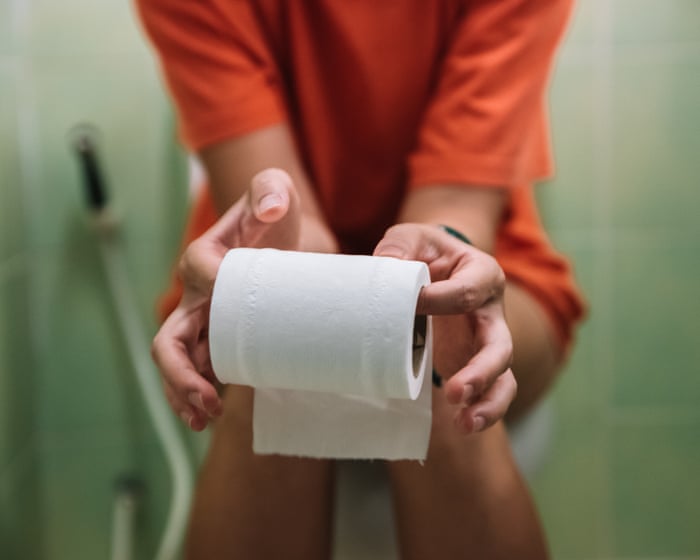I was 18 when I tried a menstrual cup for the first time. I was studying at the University of Edinburgh, and Scotland had just become the first country in the world to provide free period products to those who needed them. The university health service offered menstrual cups alongside pads and tampons, so I picked one up out of curiosity—and because I couldn’t resist something free.
Back then, I was used to spending £10 to £15 a month on period supplies, sometimes more if I ran out and had to make a frantic trip to an overpriced corner shop. As an eco-conscious teen, I already used non-applicator tampons but often wore a backup liner, trying to ease the constant worry about heavy periods: Would I leak? Run out of products? Find a clean bathroom in time? Even so, leaks happened more often than I liked to admit.
At first, I was skeptical about menstrual cups. They sounded messy, tricky, and invasive. But after trying one, I realized it wasn’t nearly as complicated as I’d imagined. It took a few tries to get the hang of inserting it, but once I did, there was no turning back.
Nearly five years later, my cup goes everywhere with me. I now use a collapsible one that folds into a case the size of a tealight—easy to slip into my bag, simple and discreet. After my period ends, I sterilize it in a cleaning pot: just fill it with water, pop in the cup, and microwave for a few minutes. Practical, if not exactly glamorous.
The benefits are huge. I save at least £120 a year, avoid the dryness and bulk of tampons or pads, and steer clear of the chemicals often found in disposable products. Menstrual cups are made of medical-grade silicone, last for years, and feel much gentler on my body. My cramps have even lessened since I started using one.
I’m also glad to avoid the plastic, packaging, and waste that come with disposables. Using a cup has become an effortless, sustainable choice I make every month.
It’s incredibly convenient, too. I empty it morning and night at home, and that’s it—no more stuffing supplies into every bag. It’s never leaked, even on heavy days, and it makes traveling so much easier. On a recent surfing trip to Morocco, where tampons were hard to find, my cup was a lifesaver.
The only thing I miss is being able to help someone in a pinch. More than once, someone in a public restroom has asked if I have a spare tampon, and I’ve had to say no. But switching to a menstrual cup has turned my once-stressful period into something so simple I hardly notice it. I haven’t looked back since.
Frequently Asked Questions
Of course Here is a list of helpful and natural FAQs about switching to a menstrual cup
General Beginner Questions
Q What exactly is a menstrual cup
A Its a small flexible bellshaped cup made of medicalgrade silicone or rubber that you insert to collect your period flow instead of absorbing it like a tampon or pad
Q How does it actually work
A You fold it and insert it into your vagina where it opens to form a gentle seal It collects the blood for up to 12 hours after which you remove it empty it rinse it and reinsert it
Q Is it safe to use
A Yes when used correctly They are made from bodysafe materials and unlike tampons dont carry a risk of Toxic Shock Syndrome though its still important to keep it clean
Q Can I feel it when its inside
A If its inserted correctly you shouldnt feel it at all If you can feel it it might not be positioned right or opened fully
Q How do I know which size to get
A Most brands offer two sizes one for those under 30 who havent given birth vaginally and a larger size for those over 30 or who have Always check the specific brands sizing guide
Benefits Cost Savings
Q How much money can I really save
A A significant amount A quality cup costs around 2030 and can last for years Compared to spending 510 per month on disposables its common to save over 100 a year
Q What are the other benefits besides saving money
A You can wear it for up to 12 hours so its great for overnight long trips or busy days Its also ecofriendly and youre less likely to experience dryness or odor
Q Is it better for the environment
A Absolutely One cup replaces thousands of disposable pads and tampons that would otherwise end up in a landfill
Practical Use Common Problems
Q Is it messy or difficult to use
A Theres a learning curve and it can be a bit messy at first Most people get the hang




